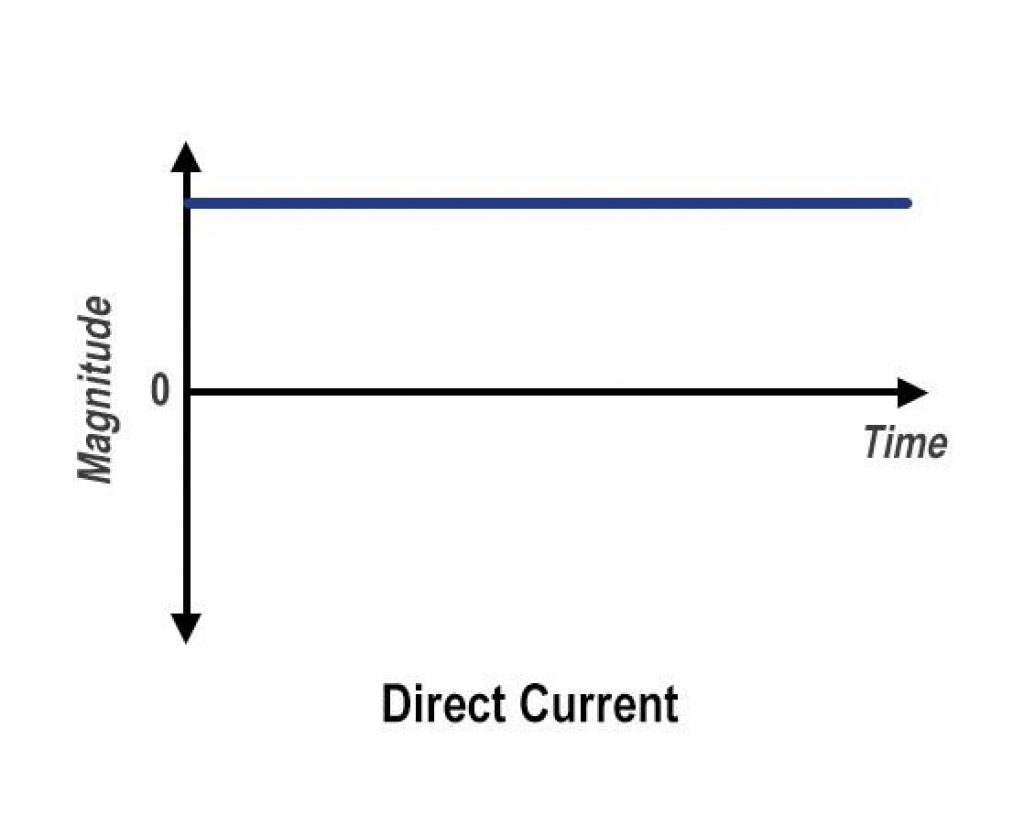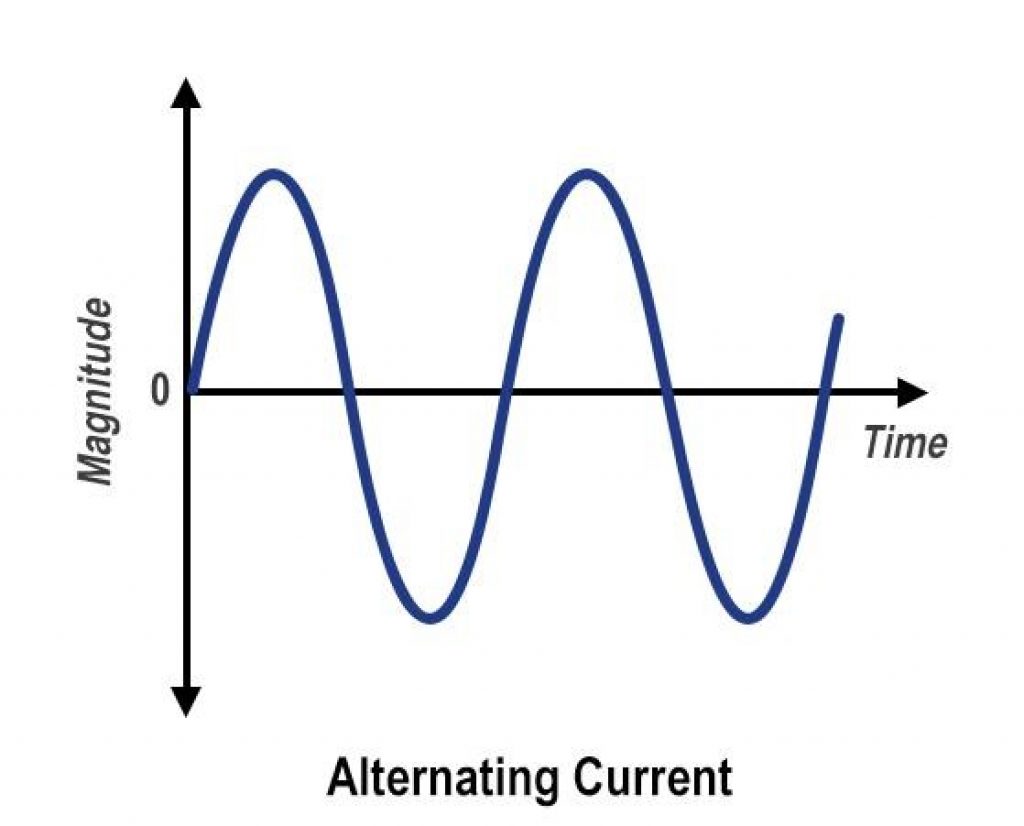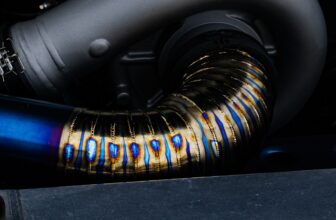Welding is a process that joins two pieces of metal together. There are different welding methods, but the most common are welding with direct current (DC) and welding with alternating current (AC). In this blog post, we will compare welding DC vs AC. We will look at the pros and cons of each welding method, and help you decide which one is right for you.
Welding DC vs AC
DC and AC metal arc welding are examples of welding that employ different currents to generate an electric arc. These sorts of welding utilize the generation of an electric arc between an electrode and the metal being welded. The heat generated by the electric arc is used to fuse the metals. The polarity of the electrical current that runs through the electrode is one of the major differences between welding DC vs AC.
The strength and quality of your weld are determined by the polarity of the electrodes. The two forms of current movement are also known as ‘electrode negative’ and ‘electrode positive.’ For half of the time, the DC polarity flows in one direction, and for the other half, it flows in the opposite direction.
DC welding
A direct current is an electric current that flows in one direction with the same polarity. This current may be either positive or negative. Since the magnetic field and arc current are constant when DC welding, stable arcs are produced.

An alternating current is a moving electric current that reverses its polarity many times each second. A 60-hertz alternating current will alternate between positive and negative 120 times every second. There is no net deflection of the arc when AC welding due to the rapid reversal of the magnetic field and current.
Advantages of DC welding
DC stick welding has a distinct advantage over AC when welding steel: smoother, more constant arcs, easier starts, less arc downtime, less spatter, and simpler vertical up and overhead welding.
The steel is attacked by DC positive polarity, which has a high level of penetration. DC negative polarity causes some penetration but offers a greater deposition rate. It’s sometimes used on thin sheet metal to prevent burn-through, for example.
The ideal place to use DC welding is in work areas where welds must be visible and look attractive.
Tools, automobiles, and other items are all examples of common things. DC welding is also used to fabricate components that must endure high pressure or stress. We’ve covered bike frame welding applications, which you should have a read-through.
Disadvantages of DC welding
Welders with an AC/DC inverter must include internal electronic components that convert alternating to straight polarity. This increases the machines’ size and cost.
The main disadvantage is the expense. To convert the AC to DC, an internal transformer is necessary. Transformers adds mass and complexity to DC welders, making them more expensive.
Take a look at the best DC welders on the market right now
Choosing electrode for welding DC
The electrode 6010 is ideal for DC welding since it is designed to be used directly. Its superior cellulose sodium-type covering allows for deeper penetration.
Welding of thin metals
DC welders weld at a lower temperature, making it ideal for welding thin materials that may be blown by AC welding.
AC welding

When welding in AC mode, the welding inverter’s current flows one way and then the other at alternating times, which is why the term alternating current is used. One cycle is formed from a positive element and a negative element working together.
Alternating current is also used for TIG welding aluminum. Aluminum oxide is covering the surface of the aluminum, creating a very thin film, causing difficulties when welding with DC. The alternating current’s rapid polarity changes have a scrubbing effect, breaking up the layer and preventing contamination.
Oxide coating affecting AC welding
The AC sine wave may be limited by the oxide coating on some materials, which acts as a rectifier and restricts electron flow. Arc rectification occurs when this happens, with the positive half cycle being clipped or altered. Irregular arc conditions, insufficient cleaning action, and possible tungsten damage are all consequences of weld zone arc correction.
Application of AC welding
However, there are a few circumstances when the polarity of AC is utilized. The most obvious one is when only an AC power source is accessible. This is typical with low-cost, entry-level welding equipment such as the “buzz box” welder.
In the shipbuilding sector, AC stick welding is prevalent in particular circumstances, such as when working around a corner and arc blow becomes an issue. Another area where it’s used is maintenance and repair.
Some people will use AC stick welding as their primary technique. Maintenance and repair welding jobs need you to operate on machines that are magnetized. Plus, maintenance and repair projects can include a lot of rusted weld surfaces, which is not ideal for high penetration welding, like DC welding
Advantages of AC welding
Smaller and more compact than DC welders, AC welders are generally used in the auto repair or manufacturing industries. They are also less expensive.
The lightweight construction of these machines makes them readily available for use at worksites, such as building and machinery repair.
One of the major benefits of AC welding is that it may be used on metal with a magnetic field. Welding arcs can occasionally become misaligned with the electrode; it is generally due to magnetic currents in the weld metal. This is known as “arc wandering,” and it might be difficult to achieve clean, straight welds as a result of it.
AC welding is typically a better current for most industrial applications, but DC welding is useful to people without access to a 220-volt outlet.
You may not be able to find a 220 outlet at home, but it will require the services of an electrician. AC welding is a fantastic method to weld at home, repair small appliances and automobile components, and fabricate anything that doesn’t need to be grounded.
Disadvantages of AC welding
In AC welding, a frequent occurrence is the arc is lost. Because the current changes directions back and forth, the arc must be restarted at each switch of the current between positive and negative. The arc may sometimes fail to restart itself, requiring you to manually restart it. Because it causes a break in the weld, this can significantly reduce welding effectiveness.
Another frequent problem is spatter. Spatter is the tiny particles of metal residue that are frequently found around welds. This is due to the charging current. Spatter is created by a variety of welding processes, although it’s worse with AC. If you use this welding method, be prepared to deal with more welding spatter than usual.
Which electrodes to use for AC welding
The 6011 rods are AC-specific welders that feature the same high-quality features as their DC counterparts. The 6010 is a sodium cellulose coating with excellent penetration and application in the field.
Because they go through less metal and don’t burn through it, the 6013 rods are all-position AC or DC polarity for welding new, clean sheet metal projects.
The 7018 welding rods are used for pipe and structural steel welds and repairs. This all-position, low-hydrogen, usually DC, and the all-positional electrode can also be utilized with AC, which is somewhat unusual among welders. The 7018 produces a good bead appearance and smooth, strong welds.
Aluminum welding
When it comes to aluminum welding, AC welding is preferable. The AC welding in this case produced a very high temperature that is critical to aluminum
However, the vital characteristic of a DC welder limits its ability to generate the same temperature in aluminum welding, making it unsuitable for this purpose.
Deep penetration AC welding
The weld must have adequate penetration to achieve solid adhesion. As a result, AC welding is a superior alternative when deep penetration is required.
Welding magnetized Metals
Because there is no arc blow with AC welding, it’s the best choice for magnetized materials because DC welders are prone to generating it when we welding on them.
What is better: welding DC vs AC?
The welding technique you choose is ultimately determined by the welder. While they both have their benefits and drawbacks, what you pick will be determined by the welding project you’re undertaking. If you need to weld on something that is highly magnetized, welding AC will be your best bet. If welding speed and quality are more important to you, welding DC is probably the way to go.
However, DC welding produces a higher-quality weld than AC welding, but only AC is appropriate for magnetized materials.
There are numerous aspects to consider when choosing whether to weld using alternating current (AC) or direct current (DC). It’s crucial to think about all the factors, including the welding process, the type of metal you’ll be welding, and your welder’s capabilities.






